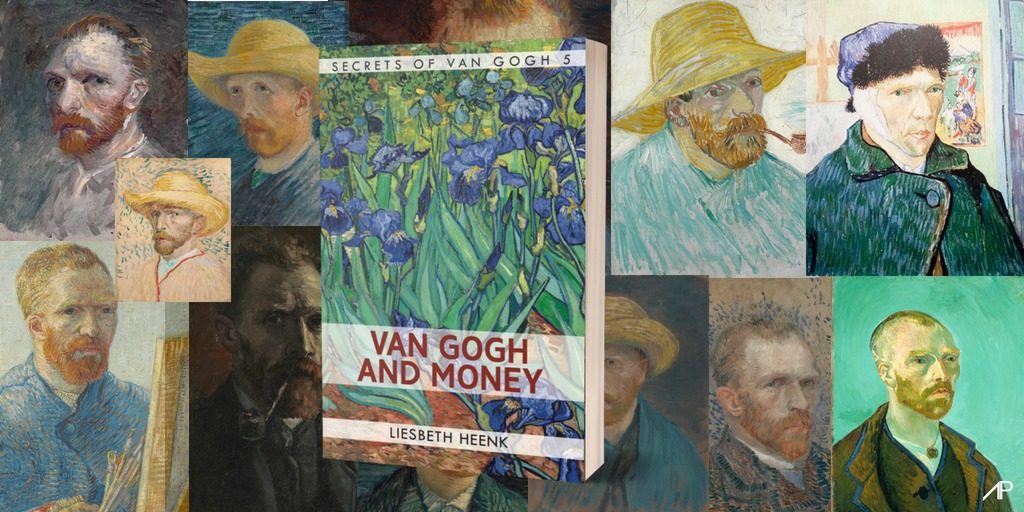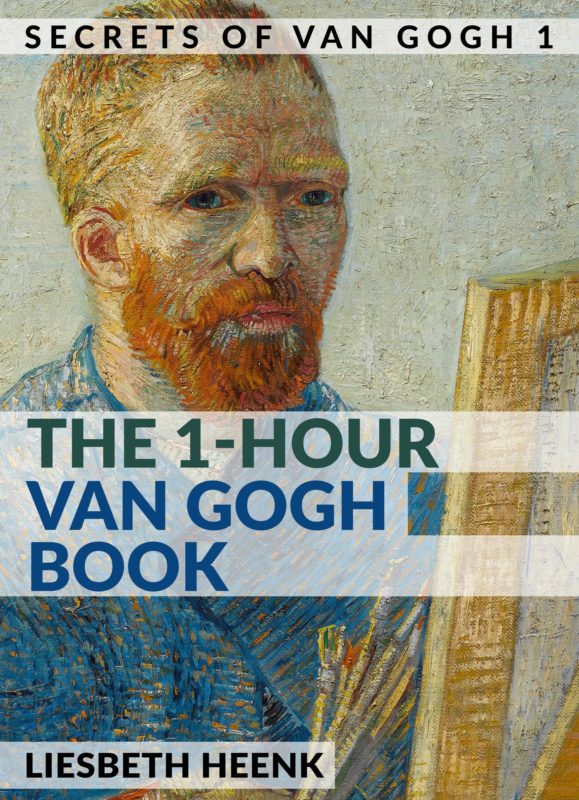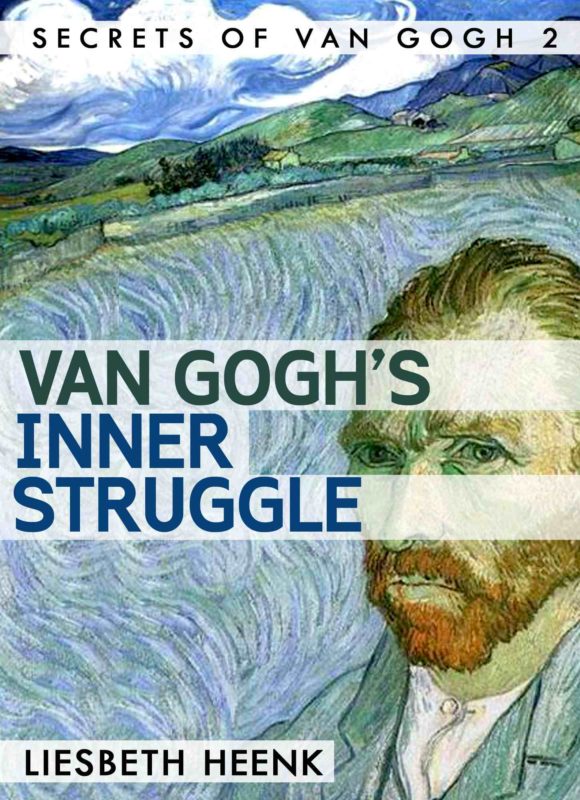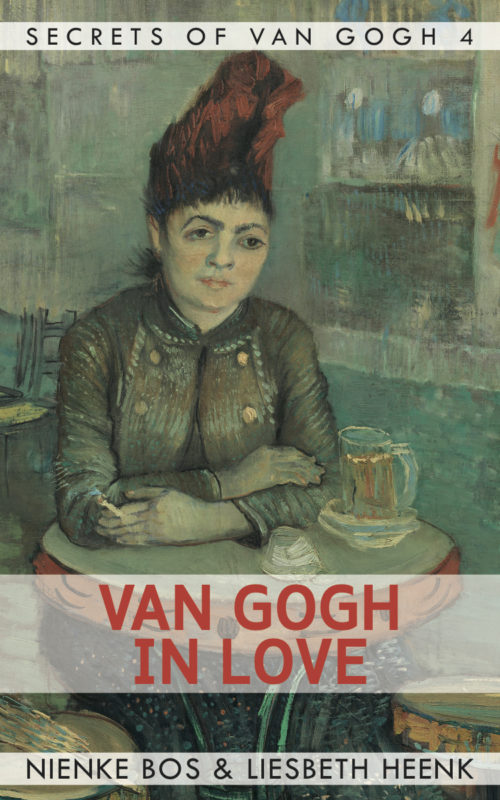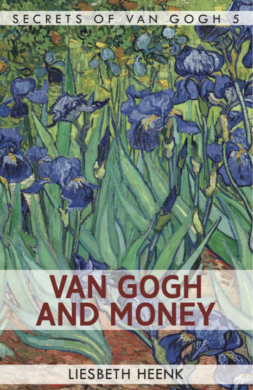
Insightful and entertaining look at Van Gogh and Money
Van Gogh and Money presents a more nuanced view of Vincent van Gogh as the impoverished artist.
Van Gogh and Money focuses on Vincent van Gogh’s financial situation
Known as the ultimate embodiment of the notion of the “poor artist”, Van Gogh was largely unable to sell his work during his lifetime. The letters between the artist and his brother Theo van Gogh tell of an eternal lack of money, and the difficulties this created when it came to practising his art. Paint, canvases and models were, as he discovered, not cheap. He was, however, more than happy to sacrifice his physical wellbeing in the interest of producing his masterpieces.
Van Gogh and Money follows the artist during two critical periods of his career, his time spent in The Hague and Arles. At both stages, he was supported by Theo, who sent him a monthly allowance that never seemed sufficient. This dependency on his brother caused him immense guilt.
From the letters we get a good insight into the artist’s financial affairs, since the brothers’ correspondence often touched on the subject of money.
Presenting a more nuanced view of Vincent van Gogh as the impoverished artist
The artist was in fact in a rather fortunate position compared to many of his peers. Regardless of the actual amount of money he received from his brother, it becomes clear that Van Gogh was poor in the light of his ambition

